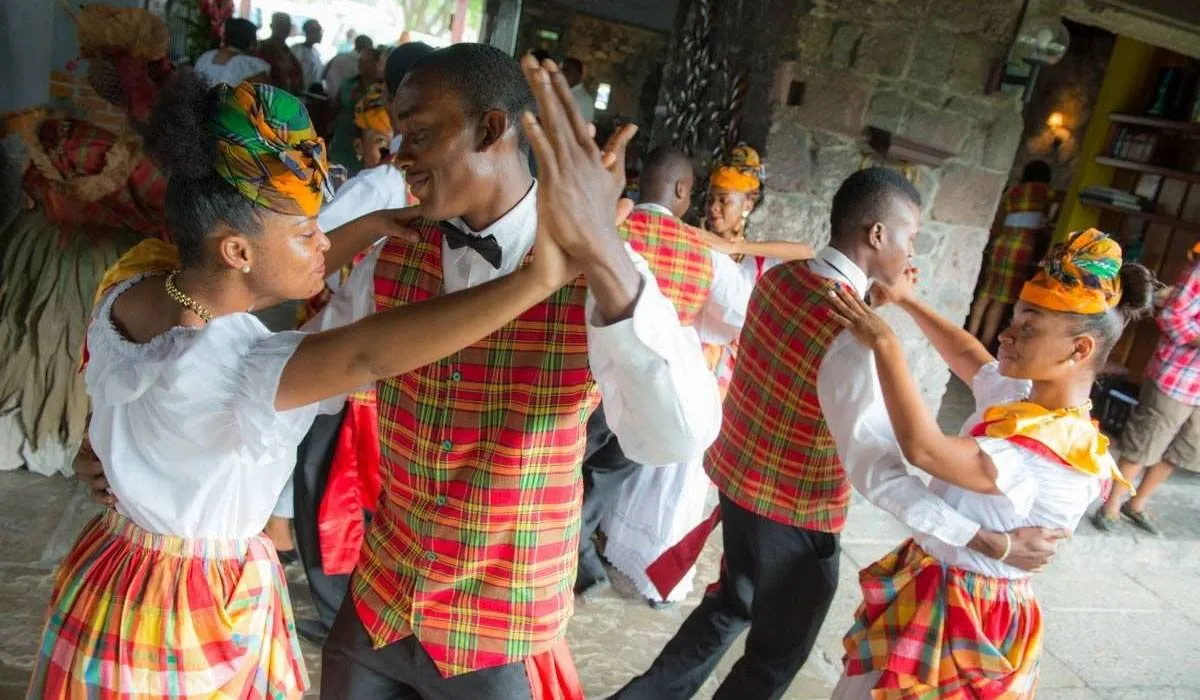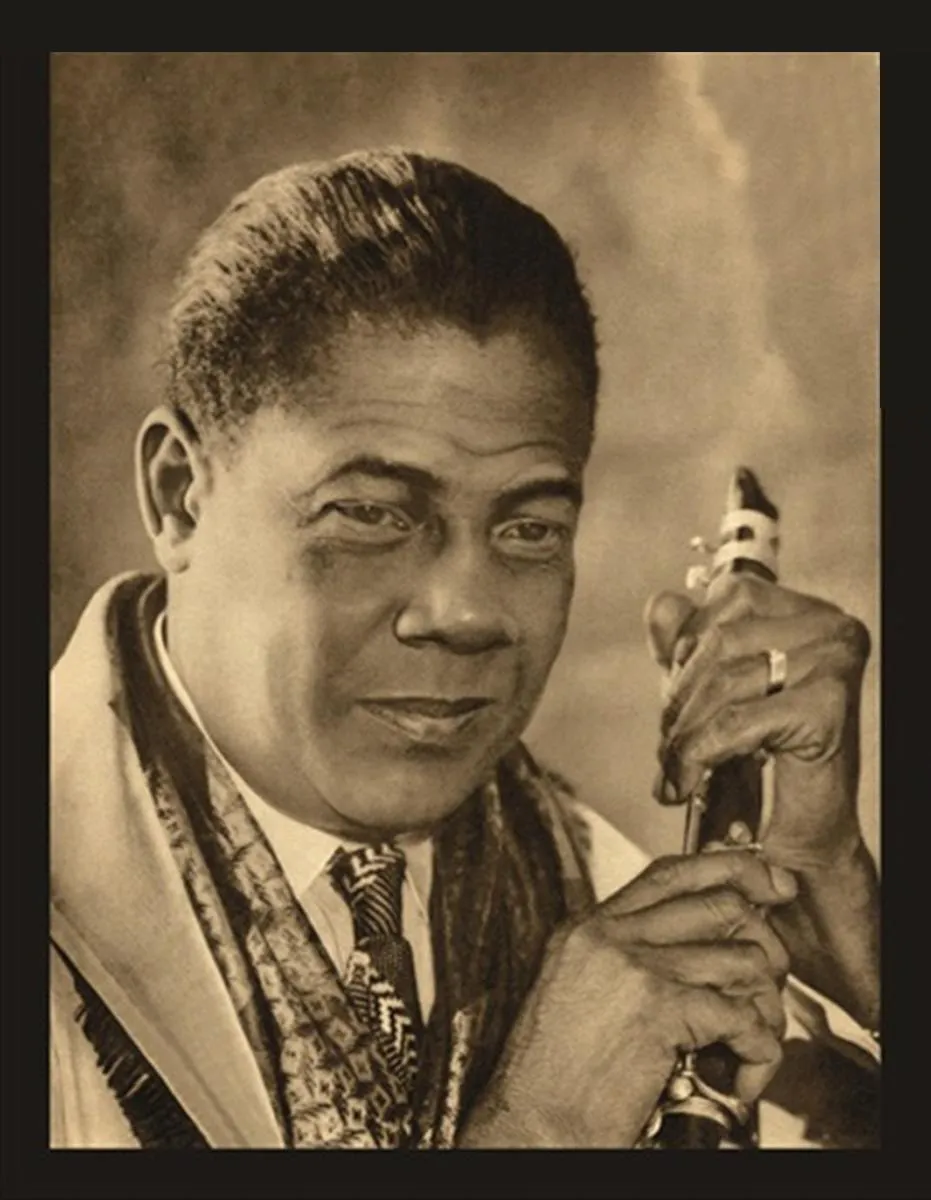Biguine and mazurka

Biguine is a traditional dance and music that first appeared in Guadeloupe and then in Martinique in the second half of the 19th century. Indeed, it is referred to for the first time in an article by M. Monchoisy, entitled " The French Antilles in 1893" in the Revue des deux mondes.
It aroused great enthusiasm in France in the 1930s, particularly during the International Colonial Exhibition of 1931, then from the 1940s to the 1960s, when the Occupation was not very conducive to the expression of West Indian artists.
In the 70s, its popularity would decrease with the arrival of rhythms such as the Cuban rumba or the Haitian kompa.
Two main types of French West Indian biguine can be identified based on instrumentation in contemporary musical practice: the biguine de tambour (drum biguine) and the biguine orchestrée (orchestrated biguine).
- The biguine drum or “bidgin bèlè” in Creole is the result of a series of bèlè dances performed since the earliest colonial times by the slaves who lived in the large sugar plantations. Musically, the bidgin bèlè can be distinguished from the orchestrated biguine by the following means: its instrumentation (single cylindrical membrane drum (bèlè)) and rhythm sticks (ti-bwa), the style of call and response songs, soloist improvisation, and nasal voice quality.
The biguine appeared in fertility rituals practiced in West Africa, but its ritual significance has since disappeared in Martinique. - The orchestrated biguine is a mixture of traditional bèlè music with European dance genres. Three different styles existed: the biguine de salon (salon biguine), la biguine de bal (ballroom biguine), or la biguine de rue (street biguine).

In the 1930s, several artists from Martinique and Guadeloupe settled in mainland France, where they enjoyed great popularity in Paris, more particularly during the colonial exhibition of 1931. The first stars, like Alexandre Stellio (photo below) and Sam Castandet, became popular in Paris.
Between 1930 and 1950, the Biguine dance became popular through island dance orchestras. Its popularity abroad also died out just as suddenly, but it remained major in Martinique and Guadeloupe until the advent of the Haitian kompa in 1950. At the end of the 20th century, musicians such as the virtuoso clarinetist Michel Godzom helped revolutionize the genre.
Biguine has several points in common with jazz in New Orleans and has even influenced its development!
Biguine artists
The big names in biguine are Manela Pioche, Roger Fanfant, Émilien Antile, Gérard La Viny, Al Lirvat, Léona Gabriel, Fernard Donatien, Sam Castendet, Robert Mavounzy, Barel Coppet, Ernest Léardée, Alexandre Stellio, Félix Valvert, Fernande de Virel, Moune de Rivel, Honoré Coppet, Hurard Coppet, Eugène Delouche, Marius Cultier, Paulo Rosine, Francisco, Maurice Jalier, Loulou Boislaville, Gertrude Seinin, Gisèle Baka, Malavoi, etc...

